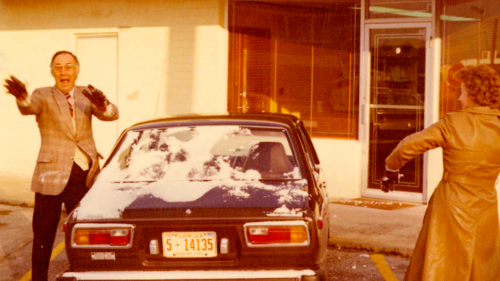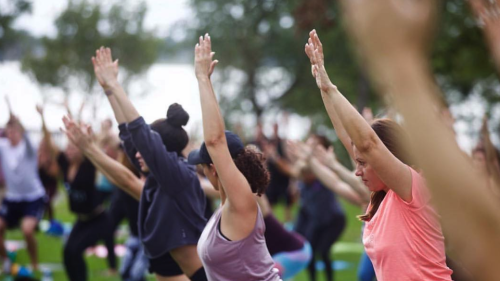Nearly anywhere you go in Lakeland, you’re bound to catch a glimpse of our city’s unofficial mascot: the swan. From t-shirts to statues to business logos, our royal avians — gifted from the Queen of England herself — are an established part of our city culture.
Most of the City’s swans reside on Lake Morton where they’re cared for through a program by the City of Lakeland’s Parks, Recreation, and Cultural Arts staff. Here are just a few ways the City takes care of our local swans.
- During the City’s annual swan round up, swans are thoroughly checked by a veterinarian and receive a health assessment.
- Lake Morton is a “designated bird sanctuary,” which makes it a prime location for Lakeland’s swans.
- Staff are tasked with filling feeders for swans + informing the public on what swans can be fed (FYI, no bread, please).
- To prevent loss, speed limit signs were introduced around Lake Morton, reminding residents to watch for swans crossing.
Wondering how you can take part in protecting our local avians?
- Drive slowly. Pay special attention to speed limit + “swan crossing” signs around Lake Morton, Lake Hollingsworth, and other bodies of water.
- Leave the bread at home. While it’s tempting to grab a bag of your leftover bread, this is not the best thing for our swans. Bread lacks vital nutrients, and it can cause them to fill up and not seek the necessary food they need. Additionally, excess bread in the water can lead to harmful algae blooms.
- Give them space. Remember it’s always best to give wildlife plenty of space so they don’t feel threatened.
- Watch out for nests. During late spring + early summer, swans lay their eggs and wait for new cygnets to hatch. If these nests are close to roadways, the city will often mark the area with tape or a sign. Swans are fiercely protective of their nests and young, and should be left alone during this season.












